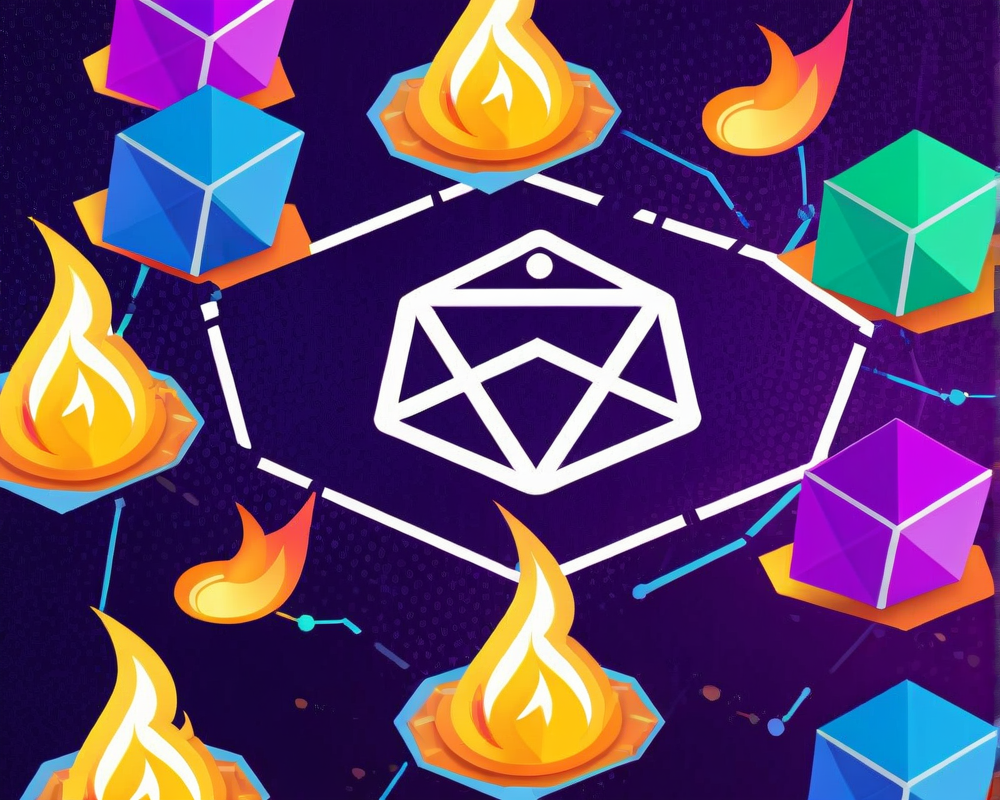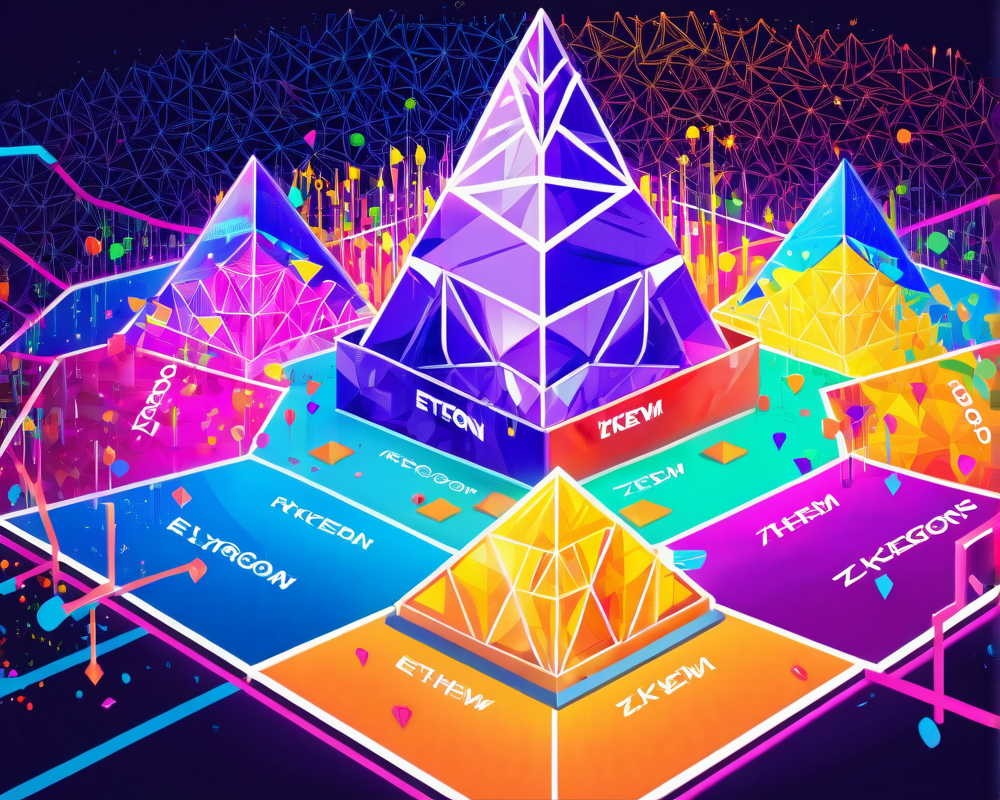A Brief Overview of the EIP-1559 Upgrade
Last summer, Ethereum made waves with the EIP-1559 upgrade as part of the London hard fork, introducing a partial network fee burning mechanism that has turned heads—and transactions—ever since. This upgrade has enhanced gas price predictability, making it easier to estimate costs and potentially leading to a deflationary future for its native tokens. Fast forward to now, and Polygon has decided to jump on the bandwagon, launching similar enhancements on its layer-two scaling network.
This Just In: Polygon Goes EIP-1559
Polygon announced that the EIP-1559 upgrade went live at block 23,850,000. This update aims to improve “fee visibility” on the network after its successful deployment on the Mumbai testnet. This means MATIC tokens are burning in more ways than just a metaphor for a bad pizza joint. A two-step burning process kicks off on Polygon and wraps up on Ethereum, ensuring no MATIC is left behind.
The Impact of MATIC Token Burning
Just like in Ethereum’s case, the Polygon upgrade removes the first-price auction method for determining network fees, which translates to more accurate cost estimations—although don’t expect gas prices to start dropping like the hottest mixtape of the year. With estimates predicting around 0.27% of MATIC’s total supply to be burned annually, we could see a deflationary trend developing over time. Since there’s a fixed ceiling of 10 billion MATIC tokens and about 6.8 billion currently in circulation, this burning could influence the supply chain dramatically. However, keep your tiny violins ready: it won’t magically raise MATIC’s price overnight.
Gas Crisis on Polygon: Why Fees Skyrocketed
Despite all these advancements, Polygon hasn’t escaped the notorious gas crisis. Earlier this month, fees spiked significantly, with some validators unable to submit blocks. The chaos was linked to the surge in activity driven by a decentralized finance yield farming game called Sunflower Land. Unsurprisingly, once the hype fizzled out, so did interest—resulting in a volatile gas environment.
Deflationary Potential: What’s in It for Validators and Delegators?
The math doesn’t lie—burning MATIC could be beneficial for validators and delegators alike, since their transaction rewards are denominated in MATIC. Higher deflationary pressure means that they could stand to earn more for the same effort, with burning inevitably tending to create scarcity. As Polygon moves forward post-upgrade, both validators and delegators might have more reason to toast their MATIC holdings. However, don’t start pouring out champagne just yet: a price drop of 9% to $2.22 has been noted on CoinGecko at the time of writing.




